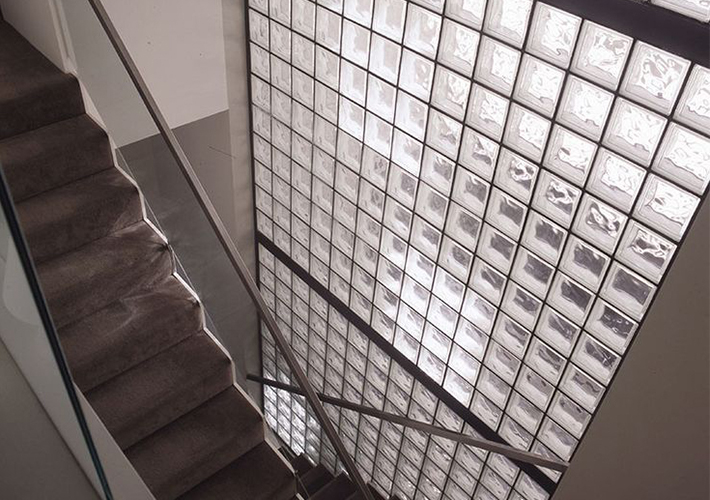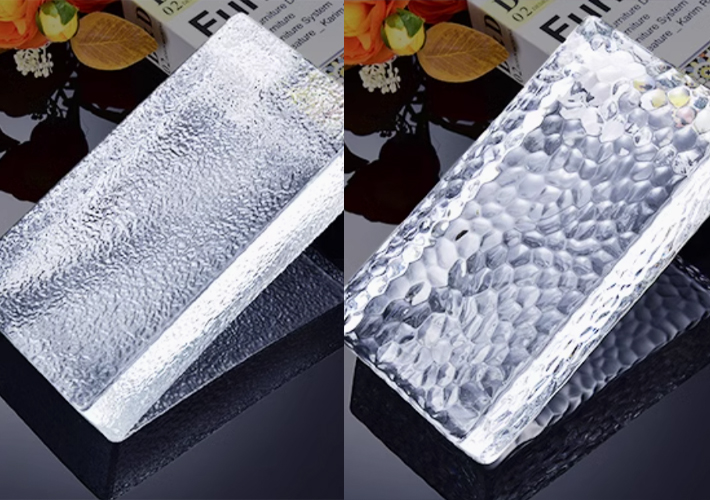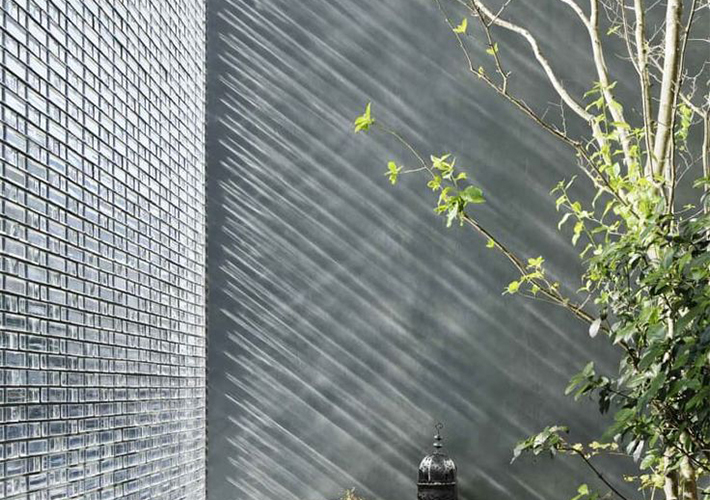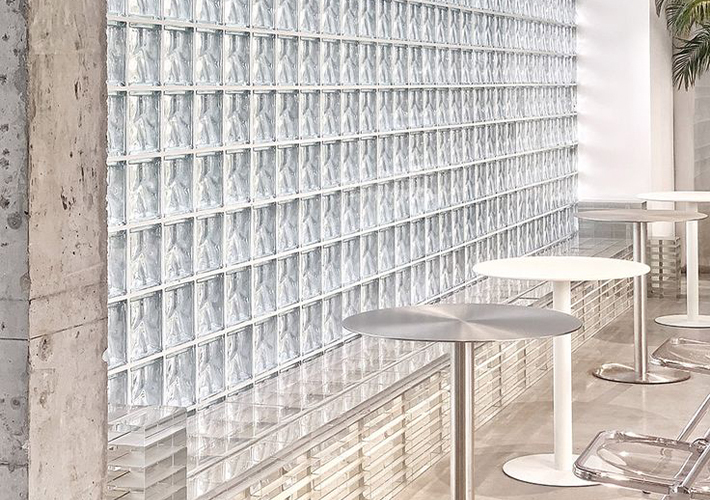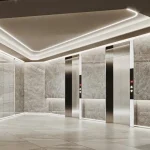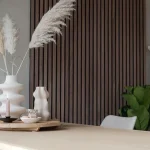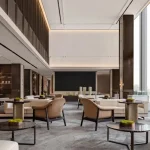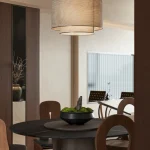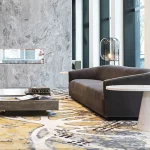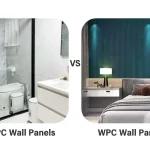私たちのサイト
写真&デザインツール
デザイン・アイデア
- How PVC Marble Sheets Enhance Luxury and Durability in Hotel Wall Decoration
- Hotel Room and Lobby Luxury Sofa Design Trends 2025
- The Top Five Most Popular Hotel Styles in 2025
- Common PVC Marble Sheet Sizes for Interior Wall and Ceiling Decoration
- What is SPC Wall Panel? Main Application Scenarios
- How WPC Wall Panels Elevate Luxury Hotel Full-House Customization Projects
- Creative Boutique Hotel Interior Design Ideas to Attract Guests
- Application of PVC Marble Sheet in Hotel Shower Walls
ルーム&スペース
- Modern Hotel Furniture Trends and FF&E Packages for US Resorts
- What is the Furniture Used in a Hotel?
- Best Acoustic Panels for Studios, Theaters & Conference Rooms
- Best Acoustical Wall Panels for Offices, Homes, and Studios
- Advantages of Connecting with a Hotel’s Whole-House Customization Factory
- Main Application Scenarios of Flexible Wood Slat Panels
- Application of 78 in Acoustic Slat Wood Wall Panel in Apartment Projects
- Application scenarios of bamboo charcoal wood veneer
取り付け方法
クリーニング方法
ルーム&スペース
トップ・エキスパートによるアドバイス
- Bamboo Charcoal Wood Veneer Price Guide & Global Market Trends
- Top WPC Wall Panel Manufacturer and Factory for Global Projects
- Top 10 Best Acoustic Panels for Modern Interior Decoration
- How to Choose the Best Hotel Luxury Sofa for Your Project
- Latest Market Trends of WPC Wall Panels in 2025
- Common Sizes of Acoustic Wood Paneling: A Comprehensive Guide for Global Buyers
- Why Import WPC Wall Panels from China? Advantages and Trends
- Tips for Selecting Studio Acoustic Panels
基本を学ぶ
- What Is a Slatted Wall Panel? A Complete Guide to Modern Decorative Wall Solutions
- 2025 Bamboo Charcoal Wood Veneer Price Trend
- SPC Wall Panels vs WPC Wall Panels
- Is WPC Wall Panel Completely Waterproof?
- About the Advantages and Disadvantages of Bamboo Charcoal Wood Veneer
- What Are the Types of Acoustic Panels?
- What is the Lifespan of a WPC Wall Panel?
- SPC Wall Panel VS WPC Wall Panel: A Complete Comparison Guide
インストレーション&アドバイス
インストレーション&アドバイス
インストレーション&アドバイス
インストレーション&アドバイス
人気コレクション
インスピレーション
インストレーション&アドバイス

